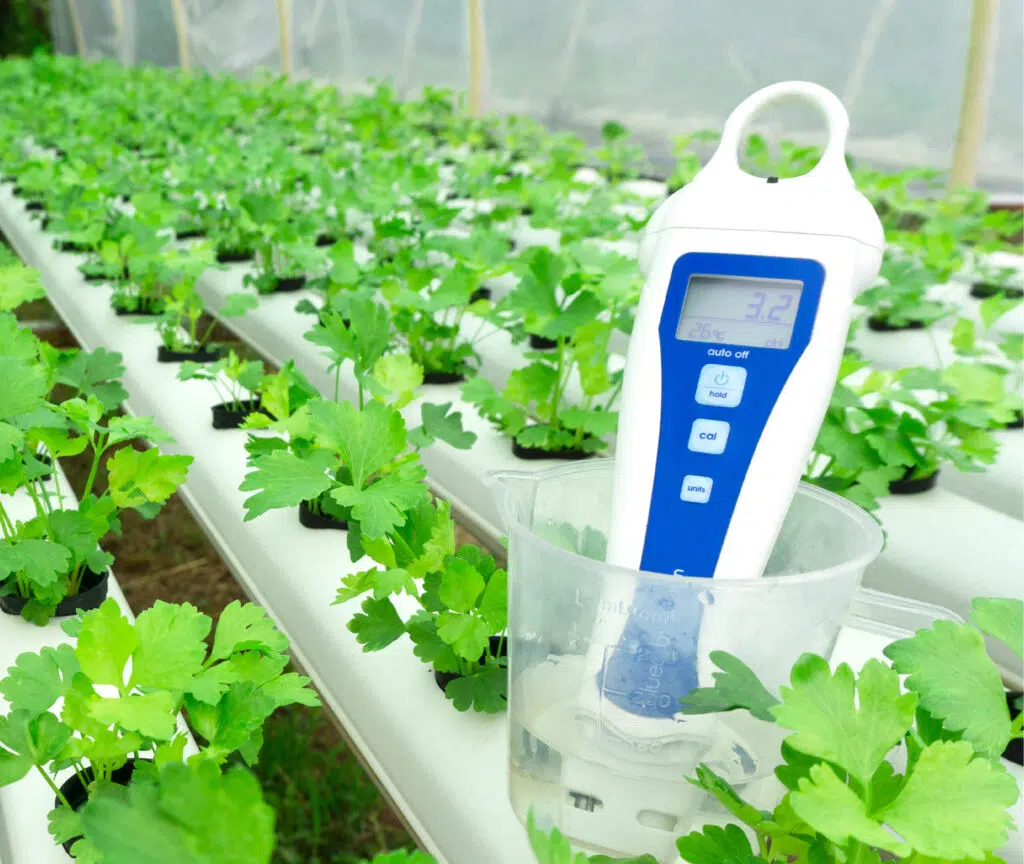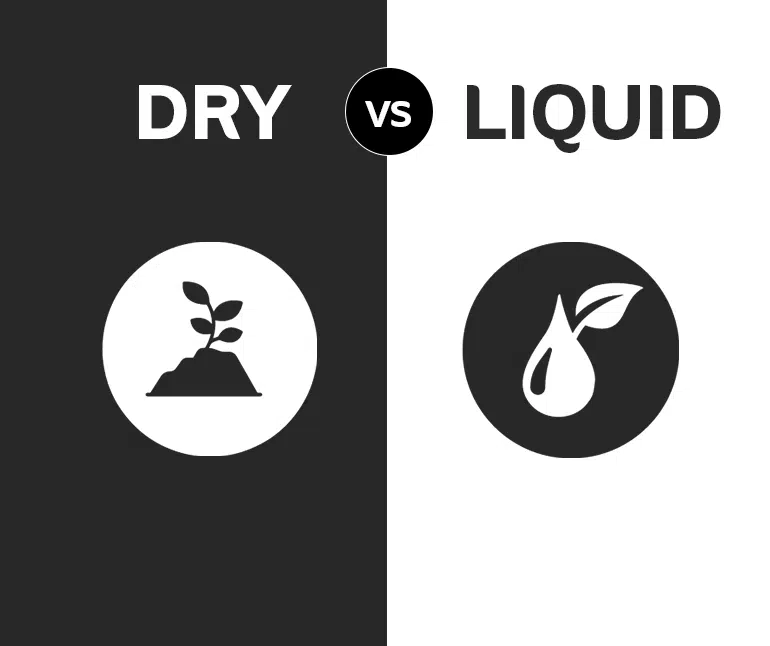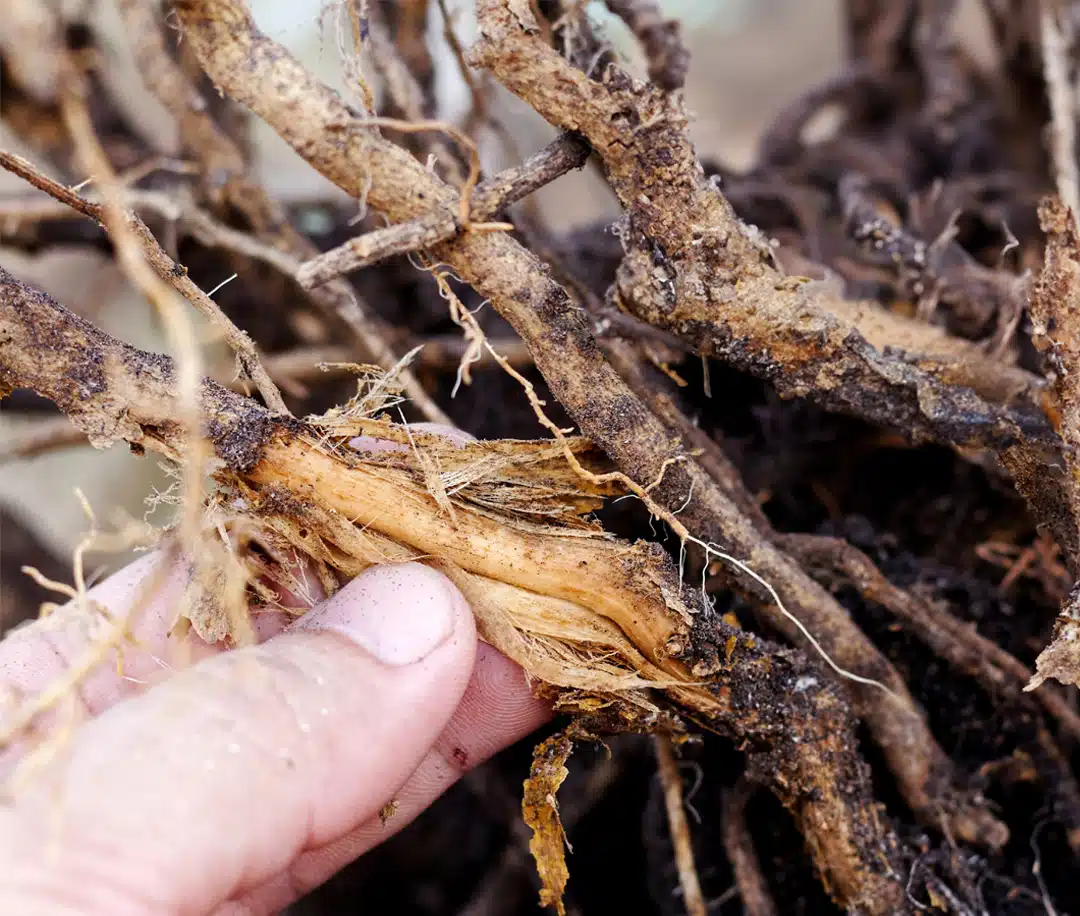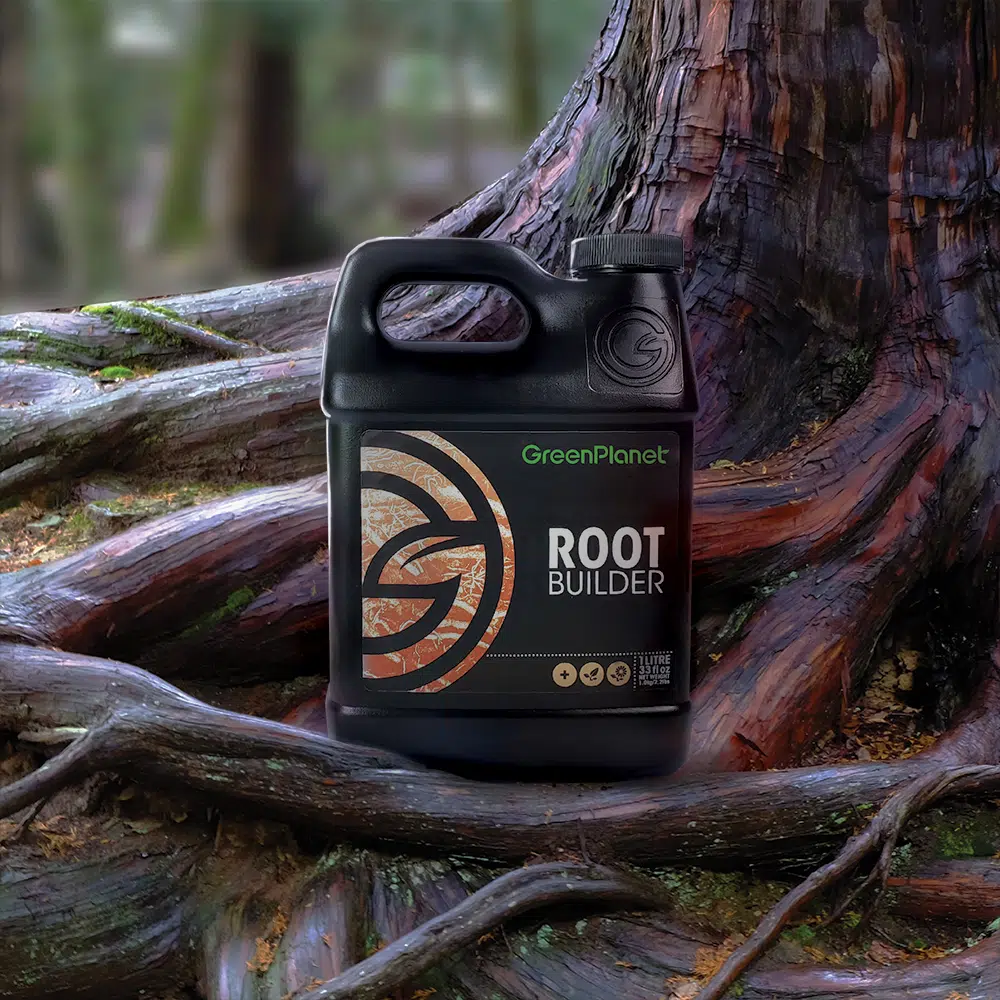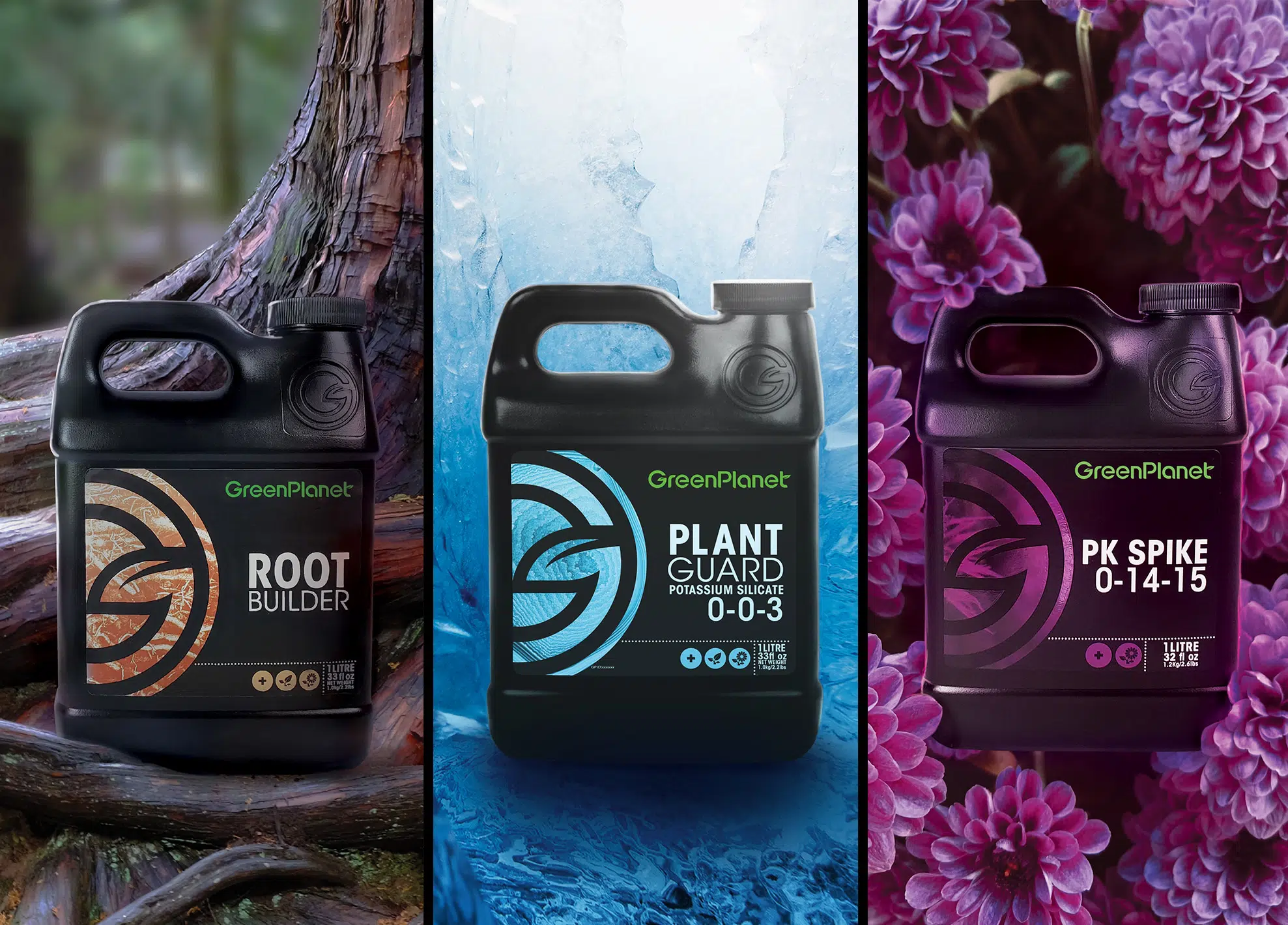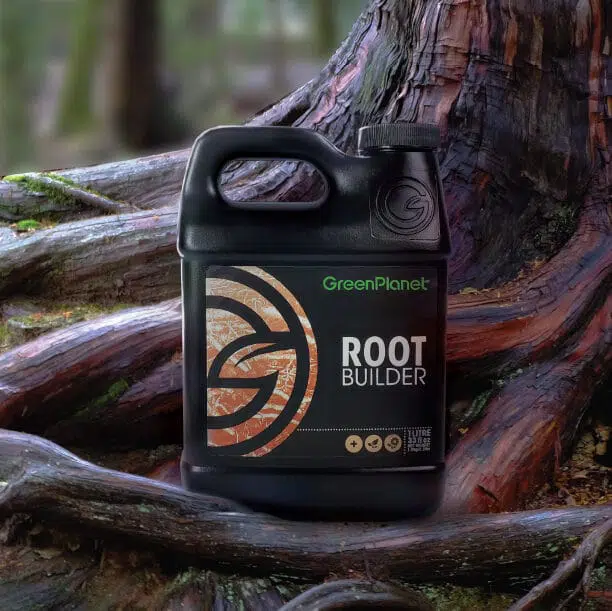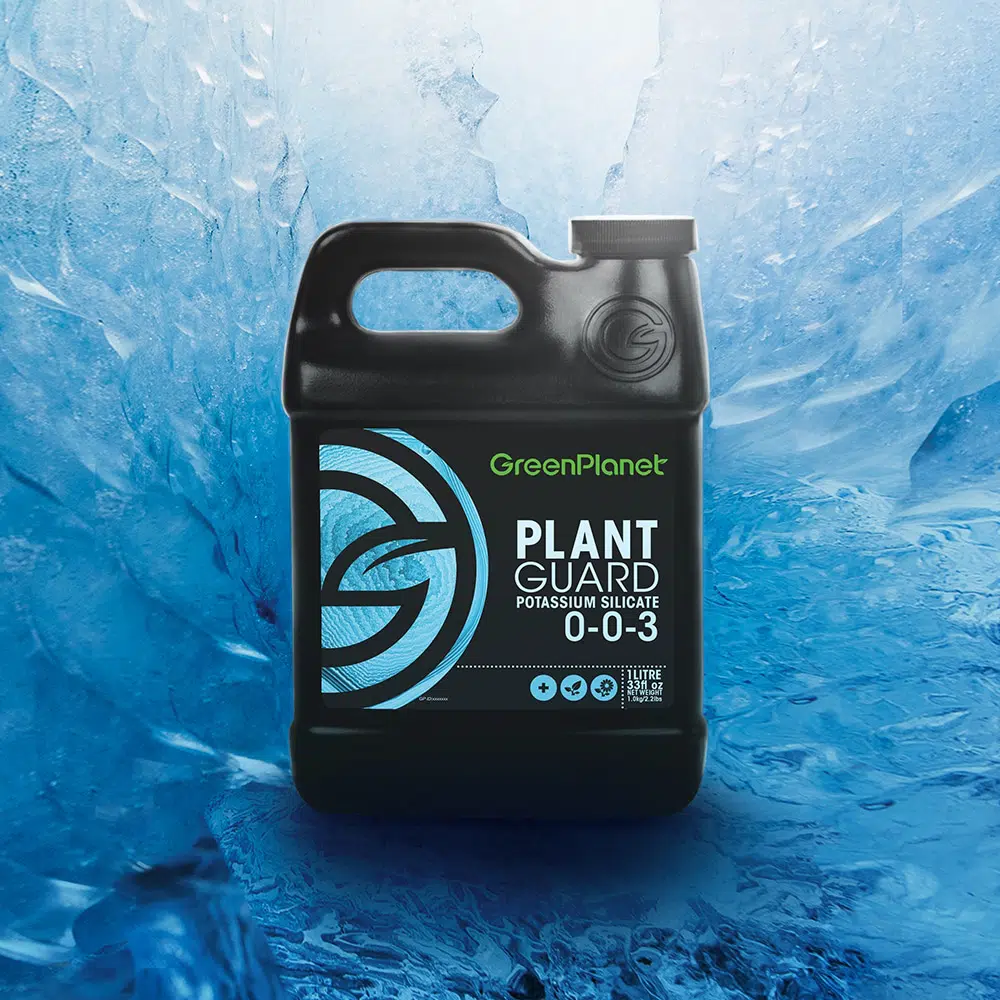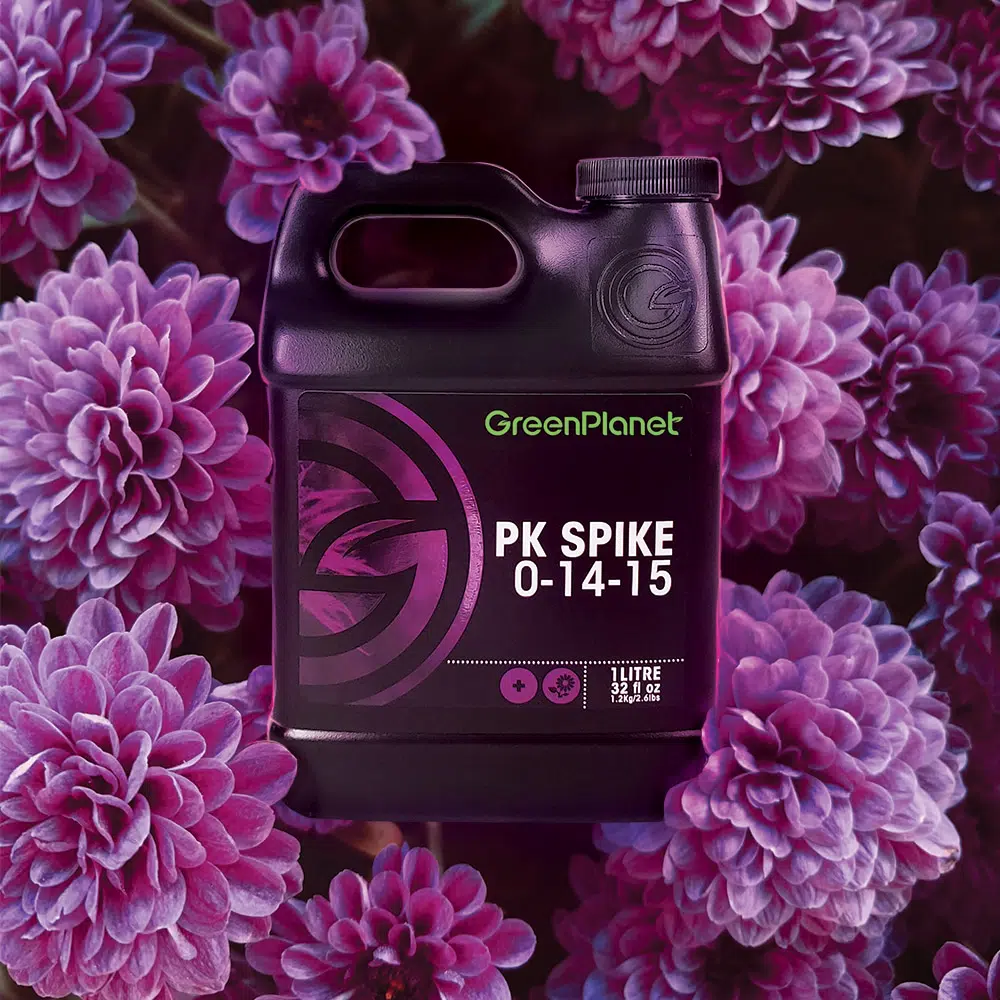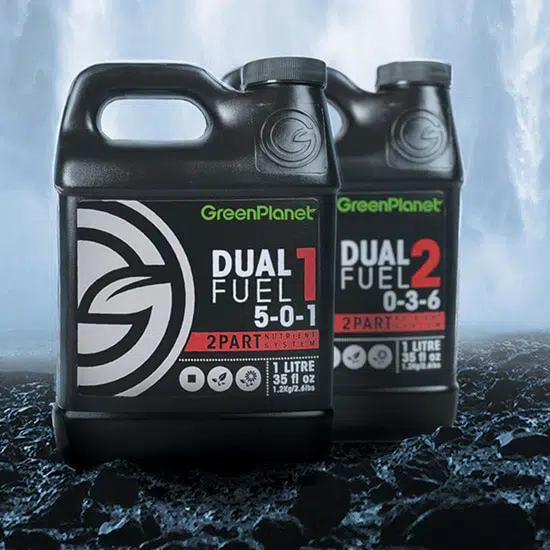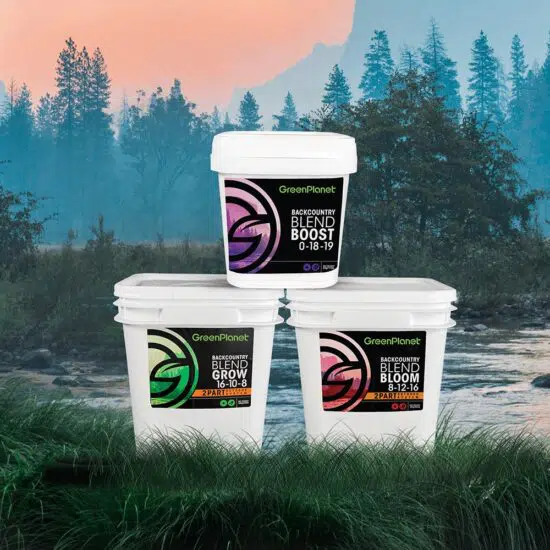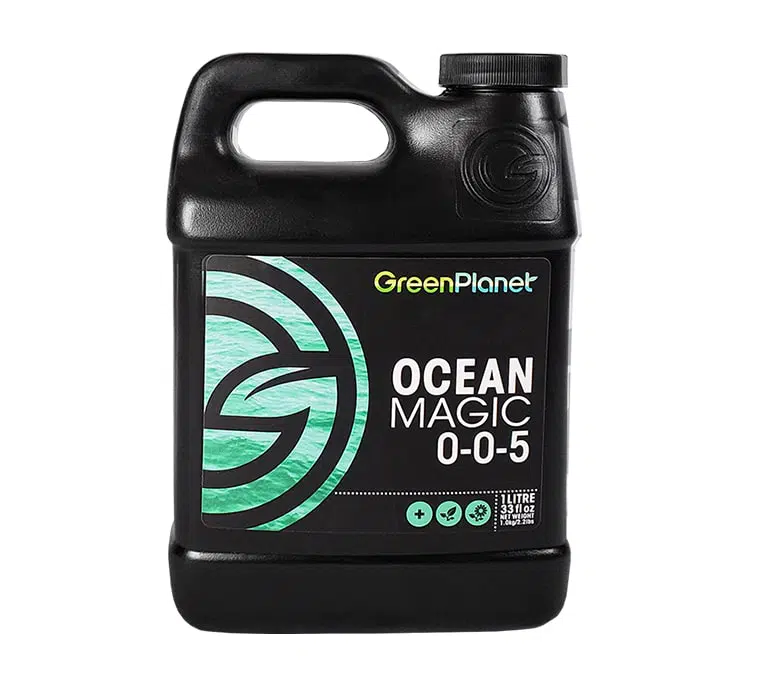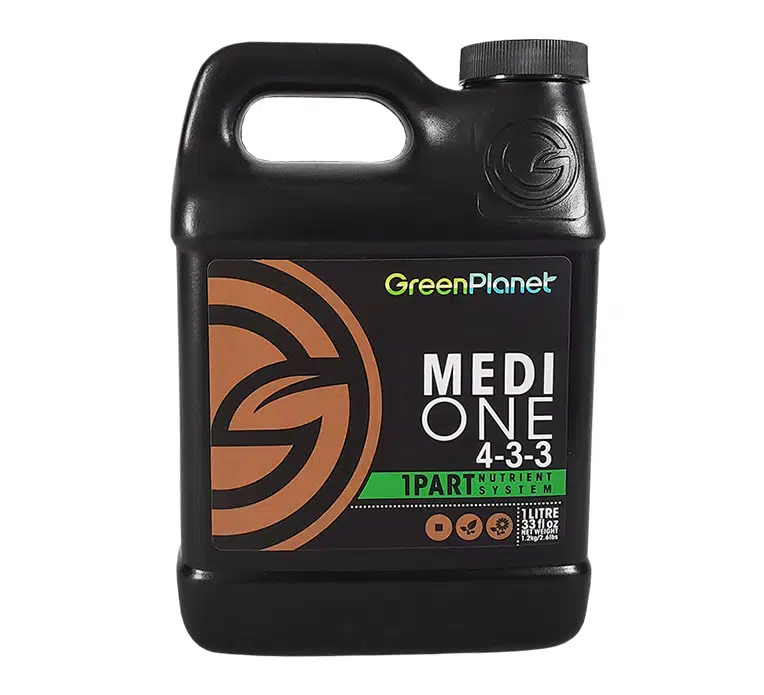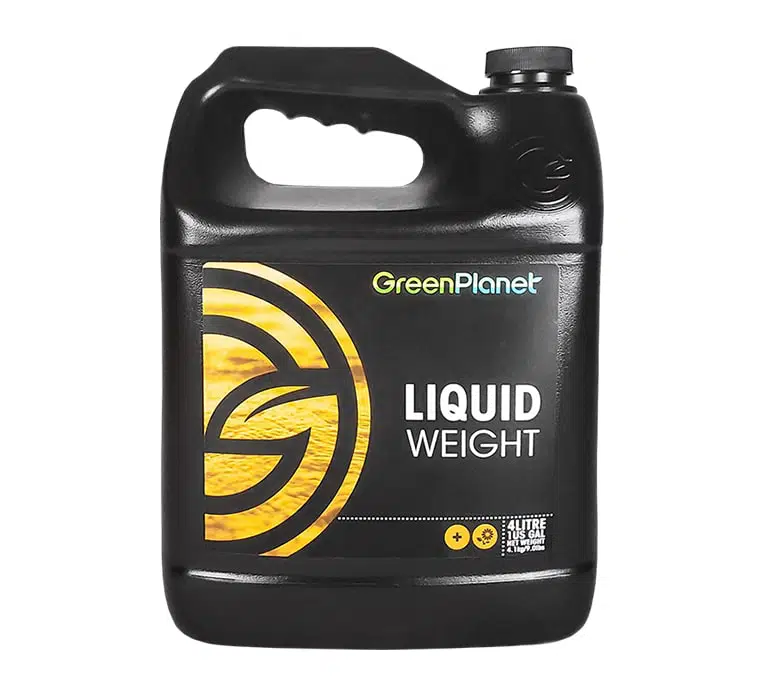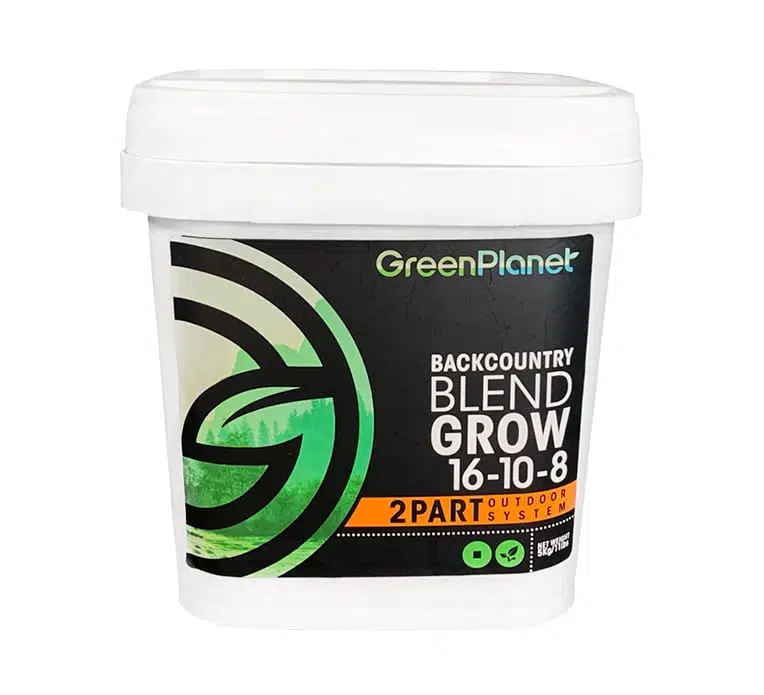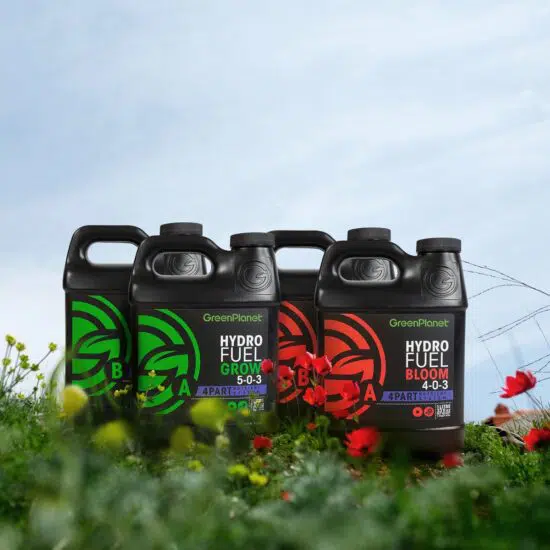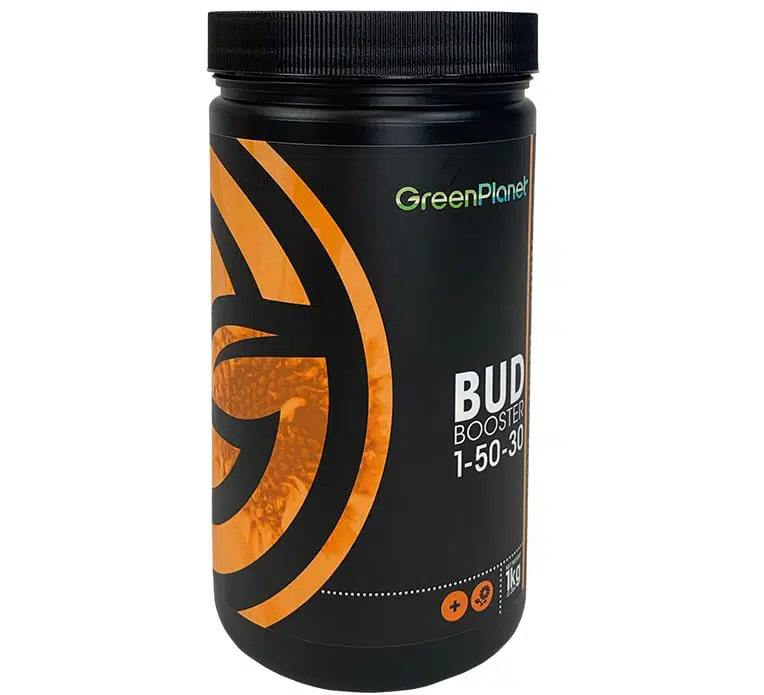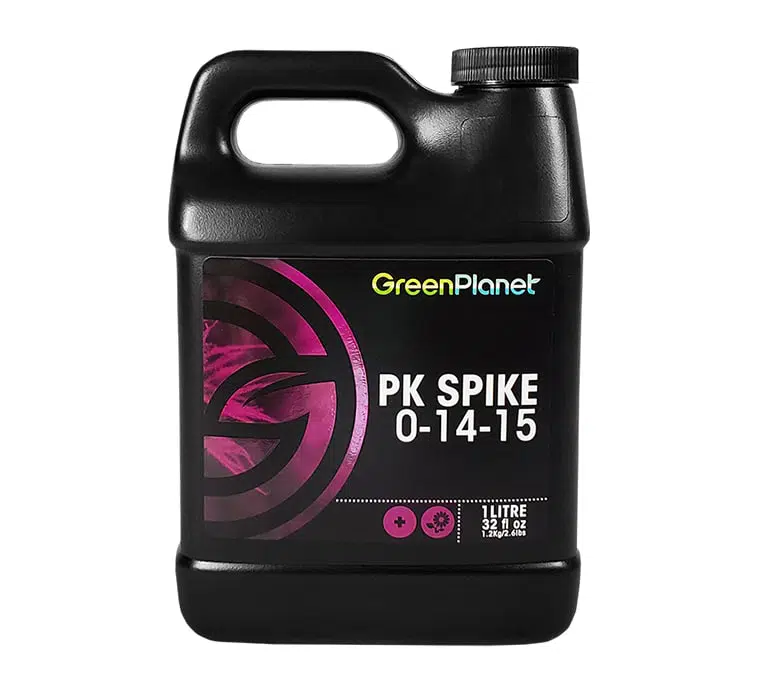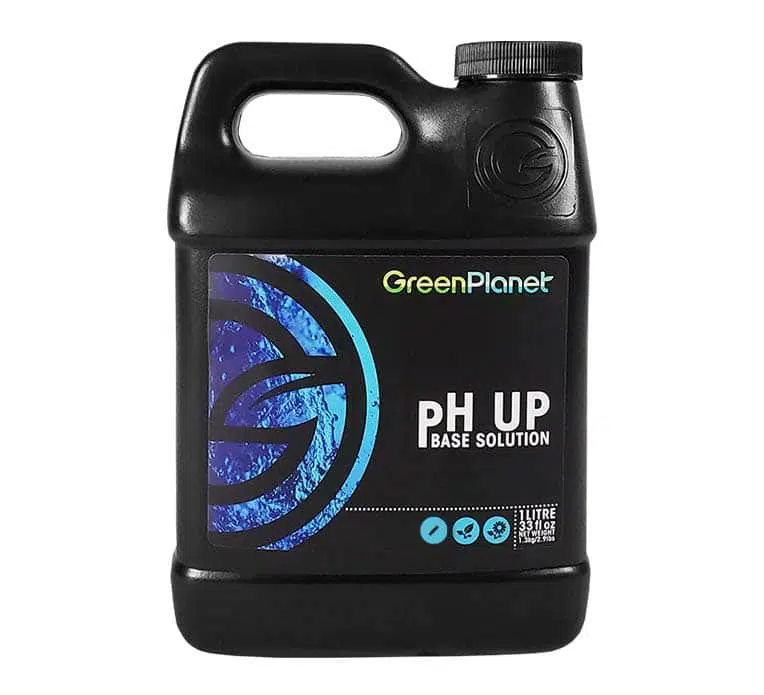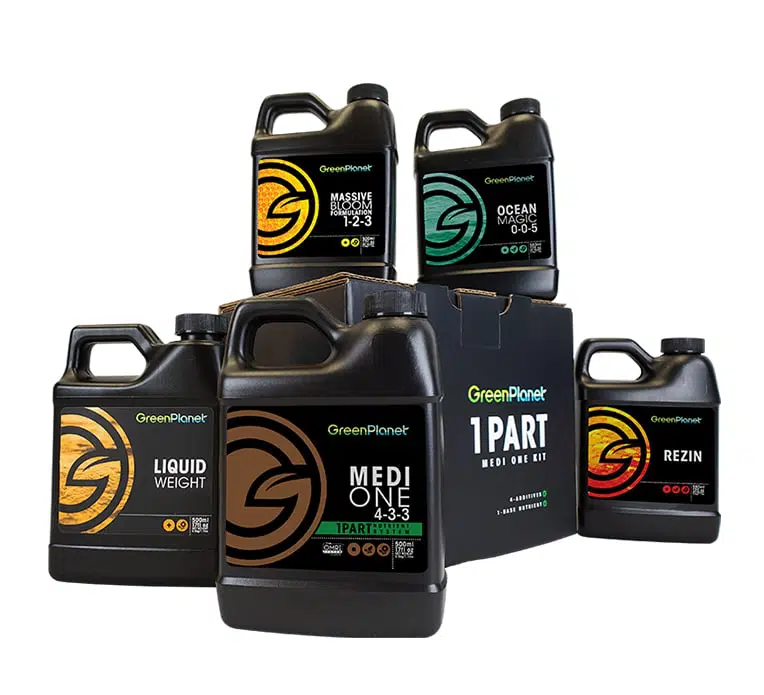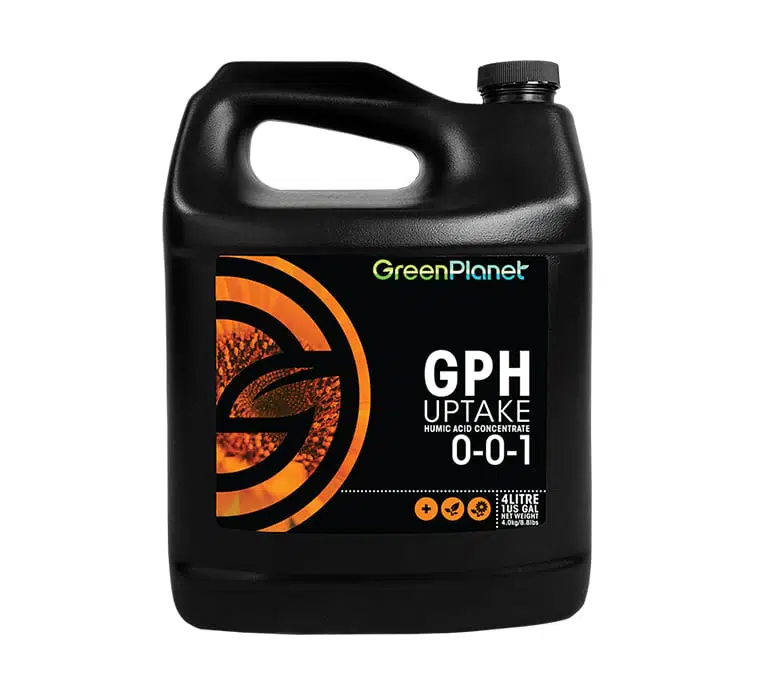3 Simple Supplements to Enhance the Smell and Taste of Cannabis

There is no greater shame than harvesting a beautiful crop, only to have it dried, stale and tasteless, soft, squishy, and smelling of hay. The look of growers during this revelation is daunting. Some may be indifferent about the result, saying, “oh, well, it’s not that bad”, while others’ disappointment can only be measured by the critical scowl following the ol’ squeeze and sniff technique. While environmental issues are largely responsible for the texture and rigidity of cannabis flowers, there are several supplements that growers can rely on to provide them with sugar-coated buds, teaming with overpowering and pungent aromas. Below, we’ll discuss common terpene and flavonoid compounds, followed by three simple ways to enhance the smell and taste of your crop.
Why Do Cannabis Plants Smell?
Cannabis plants encompass some of the world’s most interesting and complex aromas. But makes cannabis plants smell? Well, here’s the answer: cannabis flowers’ unique flavours and aromas are governed by a combination of special hydrocarbons called terpenes. Existing in over 30,000 forms, terpenes are responsible for determining the unique aroma and taste of a variety of flora including, lavender, rosemary, basil, and of course, cannabis.
A wide spectrum of terpenes can be found throughout the industry’s most popular genetics. However, much like naturally occurring fruit and flowers in our environment, terpenes can do more than just produce pleasant smells – they can also perpetuate feelings of well-being, promote energy, or induce relaxation and meditation.
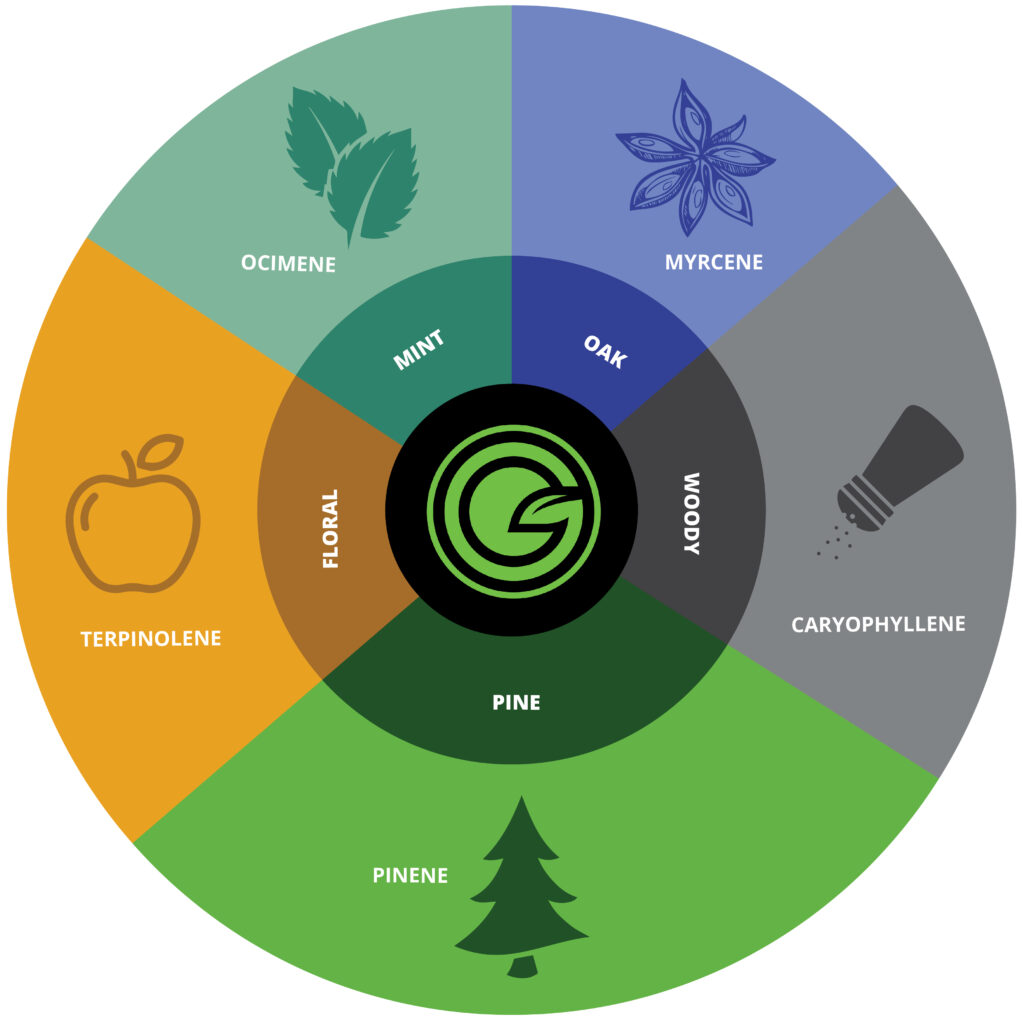
Learn more about these Common Terpene Profiles in Cannabis Flower
Common Terpene Profiles in Cannabis
Terpinolene

Caryophyllene

Pinene

Ocimene

Myrcene

Enhance the Smell and Taste of Cannabis with 3 Simple Supplements
The majority of cannabis terpenes, flavonoids, and cannabinoids are held within the trichomes heads of marijuana flowers. So, if you’re looking to enhance the smell and taste of your cannabis plants, start by increasing the size and density of your trichomes. Below are three supplements from GreenPlanet Nutrients that can be included alongside any base nutrient program to enhance the smell and taste of cannabis.
Rezin
Bring fire to your crop with GreenPlanet’s trichome, flavour, and aroma enhancer. Formulated with trace amounts of molybdenum and vitamin B1, Rezin can be used in both the flowering and flushing periods of growth to boost essential oil, trichome, and resin content. Rezin contains no plant growth regulators (PGR’s), artificial colouring, or dyes. And, since it contains only a trace amount of a single micronutrient, Rezin will not impact the EC/PPM of your nutrient solution. Rezin will help promote aromas and flavours to bring out the best qualities of your plants in both the late-stage and flushing period.
Root Builder
Root Builder is GreenPlanet’s microbial supplement that promotes root growth, nutrient uptake, and enhances trichome size and density. Formulated with two sources of bacteria, Bacillus Licheniformis and Bacillus Subtilis, Root Builder can quickly increase microbial activity in the root zone, allowing for increased uptake, yield, and trichome formulation. Experts agree that adding a source of microbes to the root zone can be extremely beneficial. For example, in an article published in Industrial Crops and Products (2018), the authors argue that supplying industrial cannabis with a source of plant growth-promoting rhizobacteria (PGPR) can drastically increase the size and availability of trichomes (Pagnani et al, p. 75).
Liquid Weight
Plants use an amazing amount of energy converting fertilizer into energy. They also rely on microbes, or beneficial bacteria to speed up the processes of elemental conversion. These bacteria feed on an array of sugary carbohydrates to maintain colonies of microbes in all stages of plant growth, but especially during the later stages of flower. So, for a consistent supply of carbohydrates, try GreenPlanet’s Liquid Weight. It’s designed to increase and maintain microbial colonies, which aids in crop progression, flower formation, trichome expression, and nutrient and fluid uptake. If you’re looking to get the most out of your garden, Liquid Weight is the perfect supplement.
Remember, to enhance the smell and taste of cannabis, grow trichomes, not flowers! For more information on the products or information mentioned in this article, contact your GreenPlanet representative directly, or your local garden supply store.
Work Cited
- Pagnani, G. (2018). Plant growth-promoting rhizobacteria (PGPR) in Cannabis sativa ‘Finola’ cultivation: An alternative fertilization strategy to improve plant growth and quality characteristics. Industrial Crops and Products. Retrieved November 9th, 2021 from ResearchGate.net
Check out our Resource Centre for more product information
Read More
- What are Additive Nutrients?An additive nutrient, or nutrient supplement, can be described as any plant food product that seeks to enhance natural patterns of development. Unlike base nutrients,… Read more: What are Additive Nutrients?
- Why Testing the pH of Your Runoff Can Save Your CropIf you’ve recently noticed some leaf discoloration, mutation, or poor growth, it’s quite likely an inadequate pH range is the culprit behind these issues. pH… Read more: Why Testing the pH of Your Runoff Can Save Your Crop
- What’s the Difference Between Dry and Liquid Fertilizer?Unfortunately, not all fertilizers are created equal. That’s not to say that one product or feed program won’t perform as advertised, but as we’ve learned… Read more: What’s the Difference Between Dry and Liquid Fertilizer?







